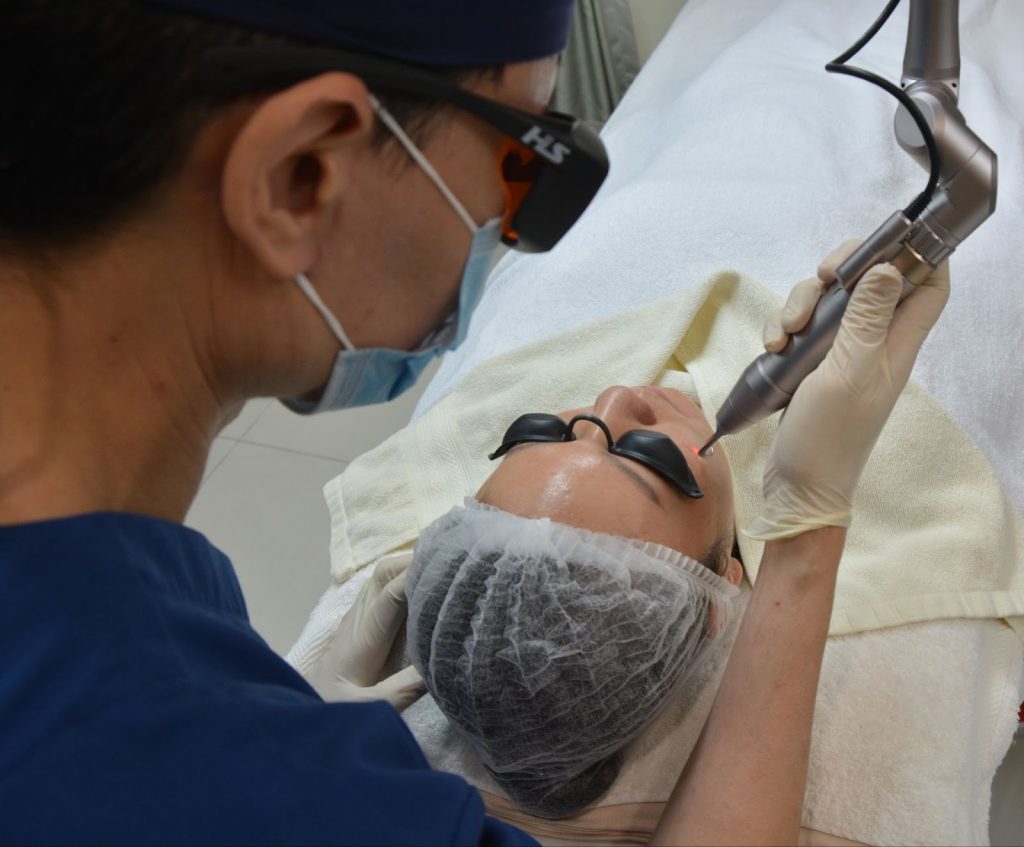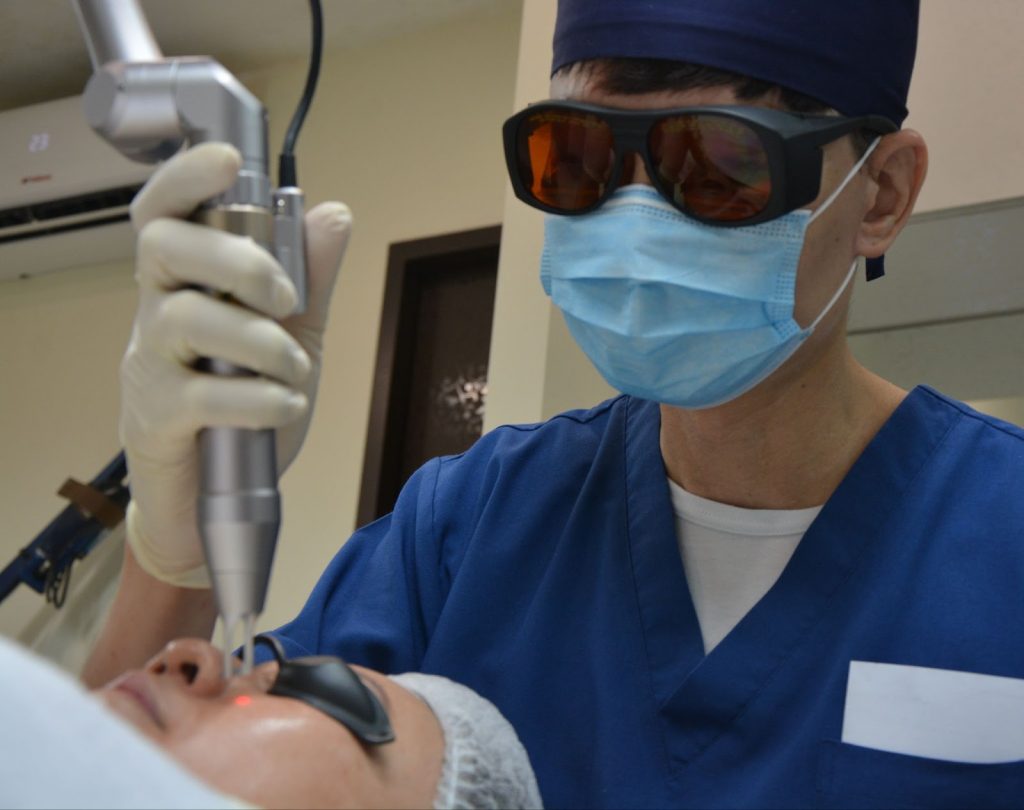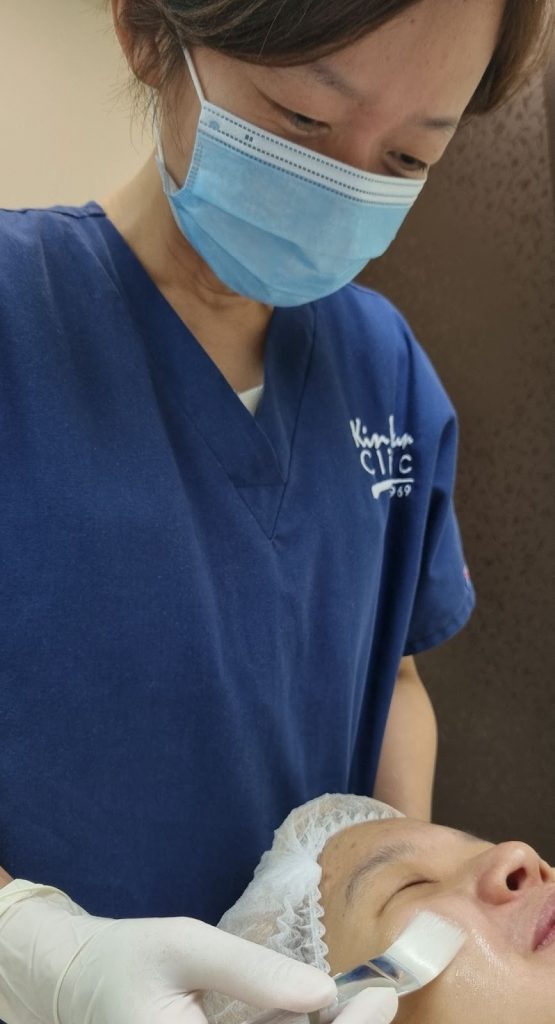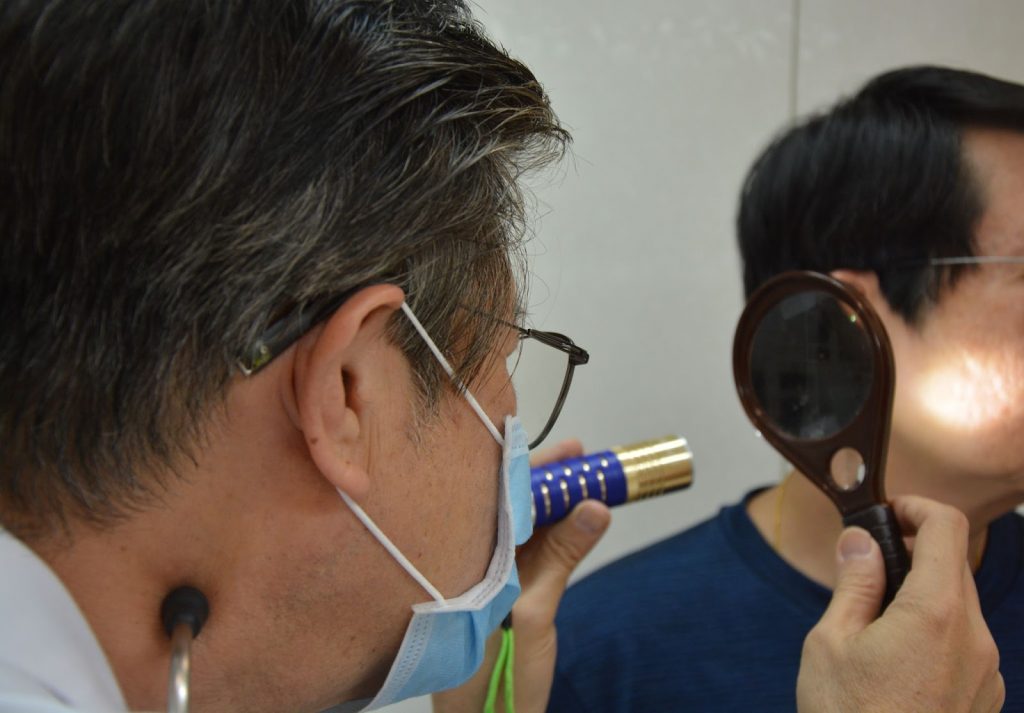Skin pigmentation refers to the colouring of the skin, which can vary significantly among individuals and can change over time due to various factors. Pigmentation disorders can lead to skin that is either lighter or darker than normal, or patchy and discoloured skin. Understanding the different types of pigmentations and their causes is crucial for effective treatment and management.
What Causes Pigmentation?
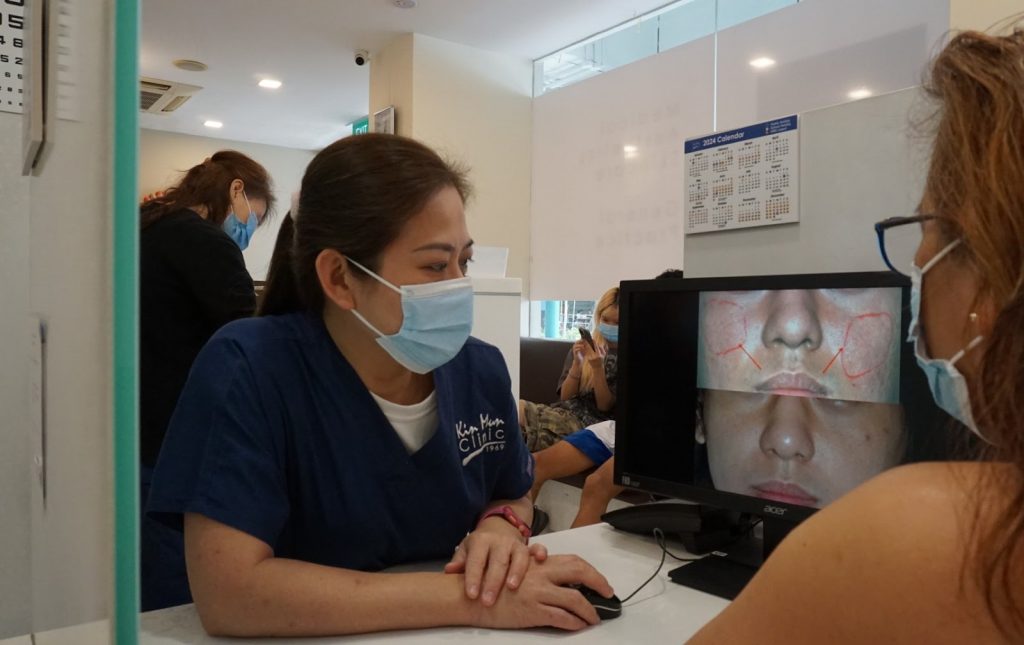
Sun Exposure
The primary cause of skin pigmentation changes is exposure to the sun. Ultraviolet (UV) rays increase melanin production in the skin, leading to darker spots or patches. Regular use of sunscreen and protective clothing can help manage sun-induced pigmentation.
Ageing
As we age, our skin’s ability to regenerate and protect itself diminishes, leading to changes in pigmentation, such as age spots. These spots are more common in areas exposed to the sun over the years.
Hormonal Changes
Hormonal fluctuations, especially in women due to pregnancy, menopause, or contraceptive use, can cause melasma. This condition is characterised by dark patches, usually on the face.
Genetic Factors
Genetics can play a significant role in determining skin pigmentation patterns. Some individuals may inherit a tendency towards freckles, sun spots, or other pigmentation disorders.
Post-Inflammatory Hyperpigmentation (PIH)
PIH occurs after skin injury or inflammation, such as cuts, burns, acne, or eczema. It results in dark patches that can vary in size and intensity.
Types of Pigmentations
Freckles

Freckles are small, brown spots commonly found on the face and other sun-exposed areas. They are more prevalent in individuals with lighter skin and are directly linked to sun exposure and genetic predisposition.
Melasma

Melasma appears as brown or greyish patches, primarily on the face. It’s particularly common among women and is often triggered by hormonal changes and UV exposure. Melasma requires careful management, including sun protection and topical treatments.
Solar Lentigines (Age Spots)

Solar lentigines, or age spots, are flat, brown spots that develop on sun-exposed areas of the skin, such as the face, hands, and arms. They are a result of UV damage and are more common as people age.
Post-Inflammatory Hyperpigmentation (PIH)

PIH manifests as dark spots or patches that appear after an inflammatory skin condition, such as acne or eczema, has healed. It’s more common in people with darker skin tones and can be minimised by addressing the underlying condition and protecting the skin from further injury.
Hori’s Nevus

This type of pigmentation is characterised by bluish-grey patches, usually appearing symmetrically on the cheeks, nose, and sometimes the forehead. It is more prevalent in individuals of Asian descent and is believed to have a genetic component.
Pigmentation Treatments in Singapore

In Singapore, professional treatments offer tailored solutions for individuals facing skin pigmentation issues. These treatments, designed to address specific concerns, range from laser and light therapies and microneedling to chemical peels, each with its unique approach to enhancing skin health and appearance.
Pigment Laser Treatment
The Pigment Laser Treatment is known for its precision and effectiveness in targeting skin pigmentation issues such as age spots, sun spots, and melasma. Utilising advanced laser technology, this treatment emits short bursts of high-intensity light that is absorbed by the pigmented areas of the skin.
The laser energy breaks down the pigment particles, which are then naturally eliminated by the body, leading to a reduction in pigmentation and a more even skin tone. Suitable for various skin types, the Pigment Laser Treatment offers a non-invasive solution with minimal discomfort and downtime, making it a popular choice for those seeking clearer skin.
Collagen Boost Facial Treatment
The Collagen Boost Facial Treatment is a minimally invasive procedure designed to rejuvenate the skin by addressing acne marks, scars, spots, and the appearance of wrinkles. Through the use of Dermapen Microneedle, this treatment creates micro-injuries on the skin’s surface, stimulating the body’s natural healing process and promoting the production of collagen.
This increase in collagen helps to improve the skin’s texture and elasticity, reducing the appearance of pigmentation and enhancing overall skin health. The treatment is customisable to address various skin conditions, providing personalised care for each individual’s needs.
Chemical Peels
Chemical Peels are a non-invasive aesthetic treatment that utilises medical-grade glycolic acids of varying concentrations to gently exfoliate and rejuvenate the skin. This process effectively reduces the appearance of pigmentation by removing the outer layer of dead skin cells, revealing brighter, more even-toned skin underneath.
Chemical peels are also beneficial for treating active acne, reducing blemishes and acne scars, and alleviating skin dullness. With minimal downtime, this treatment offers a quick and effective way to enhance the skin’s appearance, making it a suitable option for those looking to reduce pigmentation and achieve a more flawless complexion.
Pre-Treatment Care and Considerations
Before opting on any pigmentation treatment, it’s essential to prepare your skin to ensure optimal results and minimise potential side effects. Here are key pre-treatment care steps to follow:
- Avoid sun exposure: Protect your skin from the sun to prevent further pigmentation. Use a broad-spectrum sunscreen with at least SPF 30, wear protective clothing, and seek shade when UV rays are strongest.
- Skin care products: Some products, especially those containing retinoids or other exfoliating agents, may need to be discontinued several days or weeks before treatment, as advised by your skincare professional.
- Stay hydrated: Well-hydrated skin can handle treatments better and recover faster. Drink plenty of water and use a gentle moisturiser to keep your skin hydrated.
- Avoid certain medications: Inform your healthcare provider about any medications you’re taking, as some may increase the risk of bruising or affect the skin’s sensitivity.
- Consultation: Attend a pre-treatment consultation to discuss your medical history, skin type, and expected outcomes. This is crucial for a tailored treatment plan that addresses your specific needs.
Post-Treatment Skin Care Tips
After receiving pigmentation treatment, the way you care for your skin is crucial for healing and maximising the benefits of the procedure:
- Sun protection: Post-treatment skin is more susceptible to sun damage. Continue to use broad-spectrum sunscreen daily and follow sun protection measures to prevent new pigmentation from forming.
- Gentle skincare: Use mild, non-irritating skin care products as your skin heals. Avoid exfoliating agents or products with strong active ingredients until your skin has fully recovered.
- Moisturise: Keep your skin hydrated with a fragrance-free moisturiser to promote healing and comfort.
- Avoid picking or scratching: Let any peeling or flaking occur naturally without picking at the skin to prevent scarring.
- Follow-up appointments: Attend all scheduled follow-up appointments with your skincare professional to monitor your progress and receive advice on further care.
Conclusion on Different Types of Pigmentation
Understanding the different types of pigmentation and their respective treatments is essential for those looking to improve their skin’s appearance. Various methods, from preventive measures to more intensive treatments like laser therapy and chemical peels, play a role in addressing skin pigmentation.
For professional treatments, Kin Mun Aesthetics offers a range of treatments designed to address pigmentation issues. Our team of practitioners is equipped with current technologies to provide treatments that cater to the unique conditions of each individual’s skin. Ensuring effective and appropriate care, KM Aesthetics aims to support individuals in achieving healthier-looking skin.




